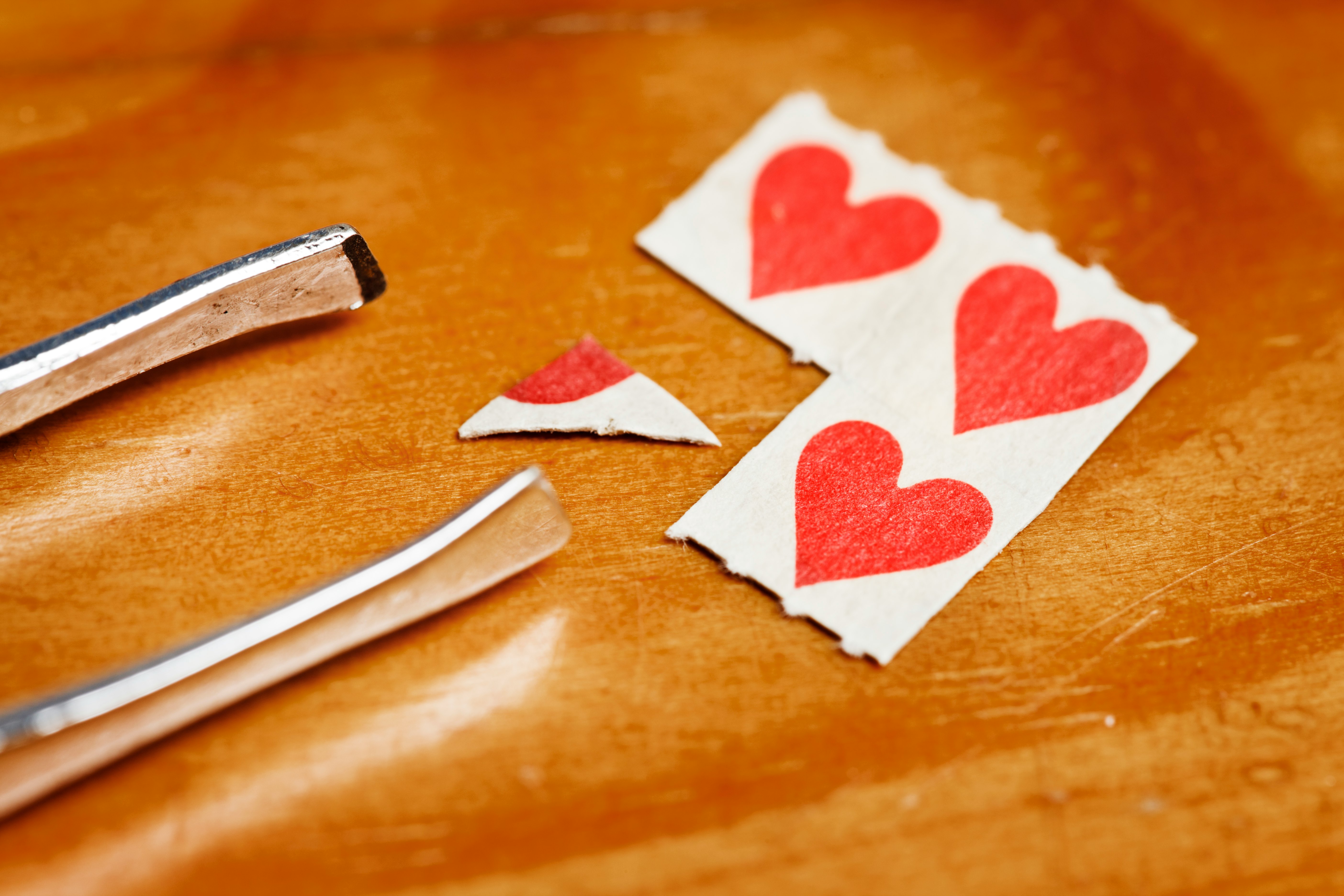
New treatments for mental health and behavioral disorders are desperately needed. Rates of depression, anxiety, PTSD, and substance use disorders soared during the pandemic, and traditional pharmacological interventions like SSRIs don’t always work. It’s one of the reasons research into using psychedelics to treat these issues has garnered so much interest.
But not everyone in need of new treatments relishes the idea of experiencing hours of hallucinations. Frankie*, a 41-year-old woman in Connecticut, has treatment-resistant depression. She read the promising research about psychedelics for depression but was reluctant to try it because she worried she’d have “a bad trip.” Frankie asked that Inverse change her name to protect her privacy.
“I know it might help me in the long run, but for me, when I’m already in a dark place, it’s pretty hard to agree to something that might produce hours of terrifying hallucinations,” she says.
Researchers have been trying to overcome that barrier to psychedelic therapy entry by finding drugs that have similar antidepressant effects to psychedelics like psilocybin and LSD but without the hallucinatory effects. Last month, researchers published a study in the journal Nature outlining how they developed an LSD-like drug that produced antidepressant effects in mice without hallucinations.
Background— Psychedelic drugs like psilocybin and LSD belong to a class of molecules called tryptamines. They have a similar structure to the neurotransmitter serotonin, which allows the drug to bind to a specific subtype of serotonin receptor in the brain called the 5-HT2A receptor (sometimes called the 2A receptor). Once a hallucinogenic drug binds to the 2A receptor, it sets off activity that researchers believe is responsible for hallucinations characteristic of psychedelic drugs. These drugs also interact with other receptors, making it hard to know exactly how much the 2A receptor is responsible for the antidepressant effects or the following hallucinations.
Still, researchers see the 2A receptor as an excellent target for a drug that could mimic the antidepressant effects of psychedelic drugs without producing hallucinogenic effects. If they’re successful, the drugs could revolutionize psychiatric pharmacology.

What the researchers did— Bryan Roth, a professor of pharmacology at UNC Chapel Hill School of Medicine and one of the study's authors, tells Inverse, “This started out simply as a chemistry experiment.” His colleague at Yale University, Jonathan Ellman, had a lab that “had invented some cool chemical reactions which would yield millions of interesting drug-like molecules and we wished to explore further whether these would yield compounds which interact with the [2A] receptor.”
To do this, researchers built a virtual library of 75 million drug-like compounds with an unusual molecular structure called tetrahydropyridines. Tetrahydropyridines are “small parts of the building blocks of many approved medications as well as the psychedelic drug LSD,” Roth says. Despite that, Tetrahydropyridines are underrepresented in other virtual libraries. Thus, the researchers thought building a library of compounds with tetrahydropyridines could provide a “new chemical space” for scientists to explore.
Using computational analysis, Roth and his colleagues screened compounds to determine if they had a high potential to interact with the 2A receptor.
“The compounds are then ranked, picked, and then synthesized in the Ellman lab,” Roth says.
Compounds with good activity are then tested further. In this case, researchers selected two molecules,(R)-69 and (R)-70, for further testing in mice.
What they found— When depressed mice are in stressful situations, like being dangled by their tails, they will give up struggling fairly quickly. When administered an effective antidepressant, however, they will put up more of a fight. Both molecules tested had “the same efficacy as antidepressants such as fluoxetine at as low as 1/40th of the dose,” the researchers write.

To determine if the mice are experiencing hallucinations, researchers look for the “head twitch response.” When you give a mouse a hallucinogen like psilocybin, it will twitch its head for the first 20 minutes or so. If the mouse’s head doesn’t twitch, researchers conclude the mouse isn’t experiencing hallucinations. Neither of the molecules tested elicited a head twitch response. What’s more, the molecules actually counteracted the hallucinogenic effects of LSD in mice.
What it means for the future of psychedelic therapy— With the obvious caveat that mice are not human and successful murine experiments don’t always translate to successful human results, the initial research is promising. Not only is psychedelic-assisted therapy unappealing to some people like Frankie, but it’s also prohibitively expensive and time-consuming for most people. A complete round of ketamine therapy, for example, typically costs thousands of dollars and takes five or six sessions, each lasting several hours.
“Many, many people worldwide will not be eligible for psychedelic treatment due to economic reasons as well as medical and psychological reasons,” Roth says. A drug that is taken like any other antidepressant, only with higher efficacy, could provide some people with the best of both worlds.
“We are optimizing drugs for human testing,” Roth says. They hope to begin human trials “in the next year or so.”







